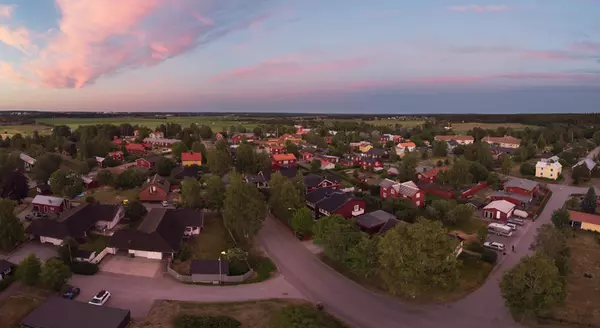![What You Need To Know About Down Payments [INFOGRAPHIC],KCM Crew](https://img.chime.me/image/fs/chimeblog/20231216/16/w600_original_a33c578f-9f8b-4c9f-806a-2d96431d656e-png.webp)
What You Need To Know About Down Payments [INFOGRAPHIC]
Some HighlightsIf you want to buy a home, you may not need as much for your down payment as you think.There are various loan options for qualified buyers with down payments as low as 3.5% or even no down payment requirement. There are also thousands of programs available to help homebuyers with thei
Read More

If Your House Hasn’t Sold Yet, It May Be Overpriced
Has your house been sitting on the market a while without selling? If so, you should know that’s pretty unusual, especially right now. That’s because the supply of homes available for sale is still far lower than what we’d see in a normal year. That means buyers have fewer options than they usually
Read More

The Surprising Trend in the Number of Homes Coming onto the Market
If you're thinking about moving, it's important to know what's happening in the housing market. Here's an update on the supply of homes currently for sale. Whether you're buying or selling, the number of homes in your area is something you should pay attention to.In the housing market, there are reg
Read More

Down Payment Assistance Programs Can Help Pave the Way to Homeownership
If you’re looking to buy a home, your down payment doesn’t have to be a big hurdle. According to the National Association of Realtors (NAR), 38% of first-time homebuyers find saving for a down payment the most challenging step. But the reality is, you probably don’t need to put down as much as you t
Read More
Categories
Recent Posts


![Housing Market Forecast for the 2nd Half of 2024 [INFOGRAPHIC]](https://img.chime.me/image/fs/chimeblog/20240629/16/w600_original_d3c502c0-1460-47ee-9efd-eff9b898c79d-png.webp)







